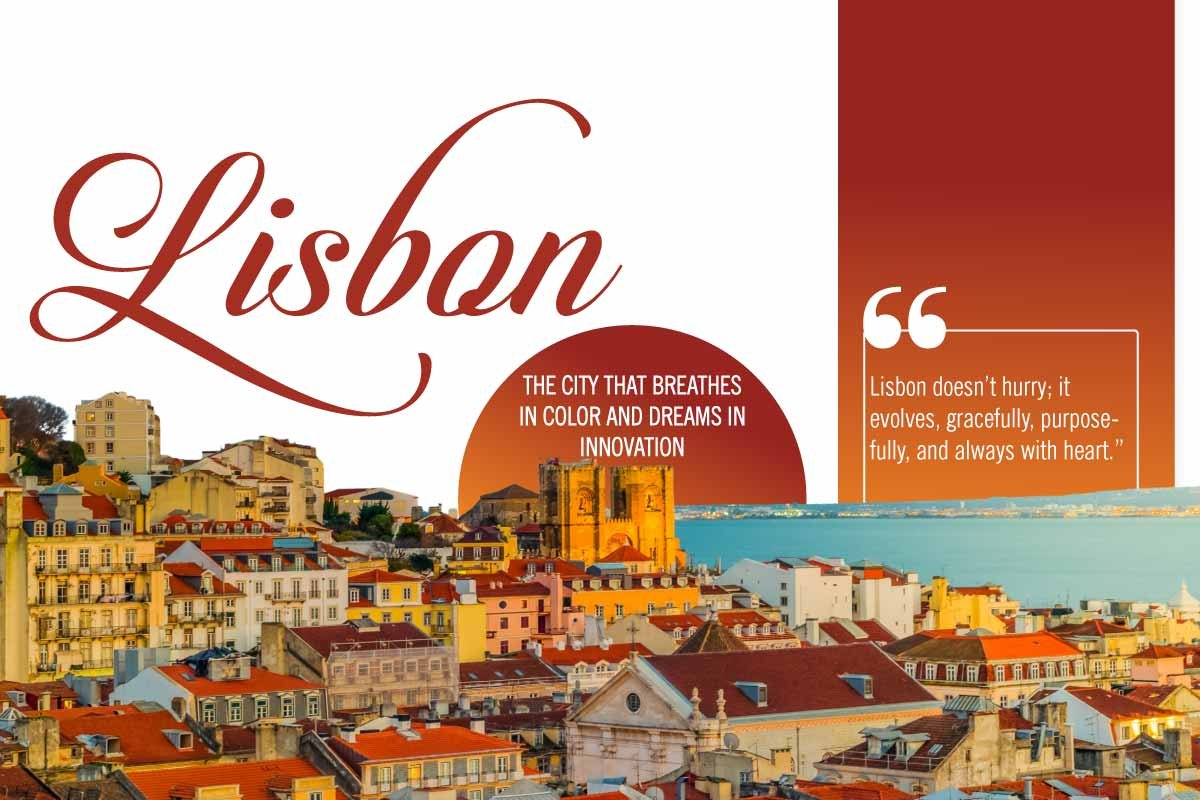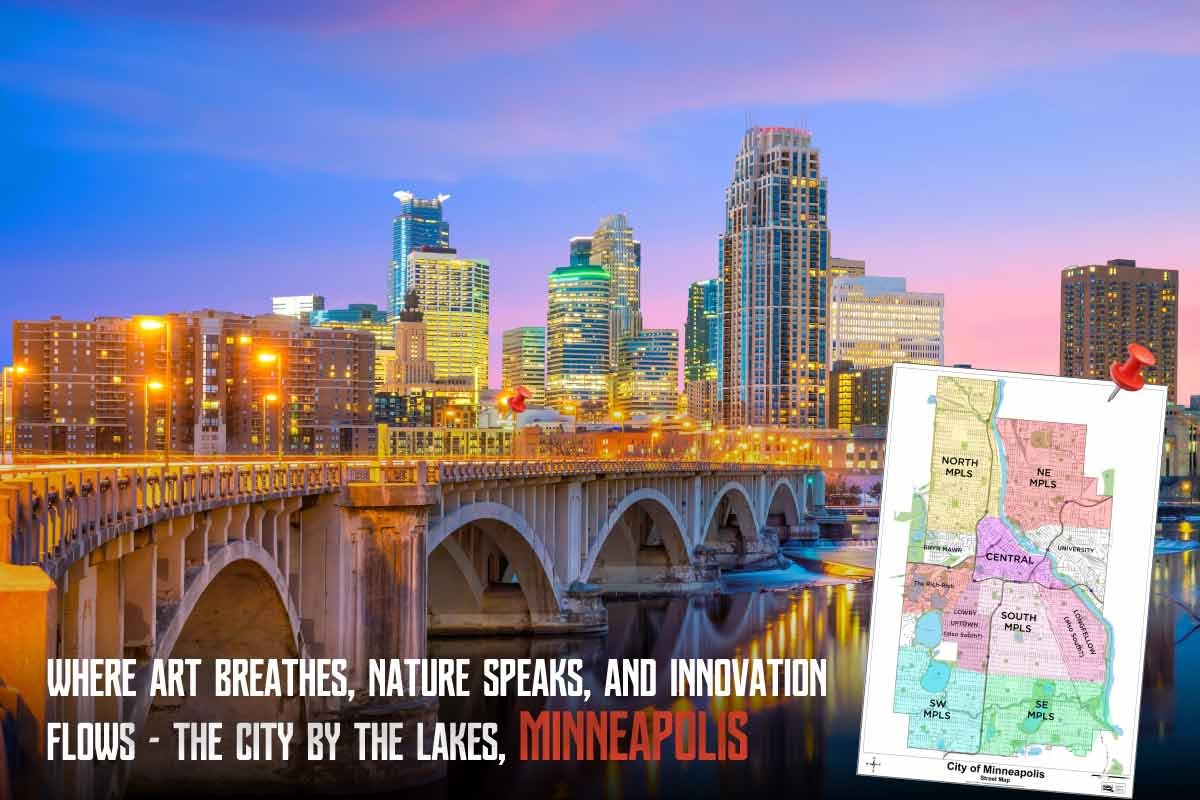(Source-timesnownews)
All of us wish to head to the islands at some point in time. If you’re planning your next holiday to an island, we suggest you think about Fiji. It is an island country in Melanesia, a part of Oceania in the South Pacific Ocean. It lies about 2000 km north-west of New Zealand. With approximately 322 islands, the most important islands are Vanua Levu and Viti Levu. An archipelago in the South Pacific Ocean, it also surrounds the Koro Sea which is about 1300 miles north of Auckland, New Zealand. It has a complex geologic history. The Vanua Levu has an area of about 5,540 kms and Viti Levu has an area of about 10,000 kms.
The Vanua Levu is divided along its length by a mountain range with peaks rising to more than 3000 feet. The Viti Levu accounts for more than half of the island’s land area. A jagged dividing range running from North to South has several peaks above 3,000 feet. To the southeast and southwest, as well as to the south where the range divides, the mountains make the roads clear for plateaus and lowlands. Talking about the climate in Fiji’s capital, Suva, the average summer high temperature is about 29 degrees Celsius and the average winter low is 20 degrees Celsius. The temperatures are typically lower in elevated inland areas.
How did the Island get its name?

The Tu’I Tonga Empire ruled over Fiji and brought Polynesian influences to the island. The locals called their home Vita, the Tongan people called it Fisi. According to history about Fiji, many assume Captain Cook botched the name, calling the islands Fiji and the name stayed.
Culture:
The culture has evolved throughout the nation’s history, being shaped by influences from Melanesia, Europe, India, and beyond. Fijian people love their family and community. They are warm, friendly, and approachable. They love to express their love of life with a ubiquitous and enthusiastic Bula!
Fijian people live an unhurried life and they fondly call their time Fiji time. When you are there, expect time to go slow. Even you get easily accustomed to their environment and learn to live in the present.
Religion:
As diverse cultures and races exist in the island country, several religions are practiced in the country. Christianity, Hinduism, and Islam are some of those. Religions tend to split along ethnic lines with most Indigenous populations practicing Christianity and most Indo-Fijians practicing Hinduism and Islam.
As you traverse the Fijian islands, you’ll come across Christian churches, Sikh and Hindu temples, and Islamic mosques. To get to know the core of their culture we’d suggest you attend the Sunday service. It is a special occasion in all cultural temples that celebrate their culture and share short stories and theories about the same.
Tourist Attractions:

Fiji gained popularity gradually due to its attractive oceans in the Pacific Ocean. It is known for its fantabulous islands, but there is more to its beauty than just the islands. It also dons the hat of jungle rivers, pristine shorelines, white sand beaches, museums, and whatnot. From one attraction to another, the list is endless. We will try to jot down a list here of the most vibrant and different tourist spots:
1. Suva Municipal Market:
The capital city, Suva, is amongst the best places to visit for tourists in Fiji. For those who see the world through a lens, it is an exceptional place to click pictures. The young sellers occupy the sides of the road to sell cabbages, tomatoes, chilies, etc. A heap of vegetables is there at your dispense kept in symmetry for visual delight. Products have a valid price so there isn’t much need for bargaining here.
2. Sigatoka Sand Dunes:
Dunes are an attraction other than beaches. These dunes are located close to the mouth of the Sigatoka River. The dimensions of these wind-blown dunes are about 5 km long, 1 km wide, and around 20 m in height. The dunes are also ascending to 60m at the western end due to which they were made a national stop in 1989.
3. Taveuni Hill Fort:
This is considered the best place for honeymoon in Fiji. Among the many forts across the island, Tavuni hill fort is the most famous one. The view from the top of the fort is very scenic. The fort was built in the eighteenth century by Tongan Boss Maile Latumai. This was used as a guarded site during the war and is the most intriguing sight for tourists.
4. Snake God Cave:
Located at a distance of 23 km from Korovou, the Snake God Cave, is one of the largest caves in Fiji. The name is inspired by six sparkling stalactites in the state of snakes’ heads. At the time of ancestral war, the town would pack up as a group and look for protection in its pitch-dark maze.
5. Fiji Museum:
The island’s cultural and historical development is perfectly depicted in this museum. To appreciate the shows in sequential order, begin with the presentations behind the ticket counter and work your way around clockwise. The highlight of this museum is the gigantic Ratu Finau which is the island’s last double-hulled kayak famed to be over 13 meters long.
Delicacies in Fiji:
Of the 333 islands, only 100 islands are inhabited which carries a total population of 9,00,000. Due to such a demography in its population, it boasts a multi-cultural and multi-racial society. The cuisine reflects this diversity and many of the dishes. E.g. Indian dishes now differ from the original recipes and have changed over the past century or so since Indo-Fijians. These dishes were brought over by the English colonial government to work in the sugar cane farms in the 1800s.
Here are the delicacies:

1. Curry chicken:
This is a popular curry dish for takeaways. It is considered a quick work lunch or an easy-to-make meal. A whole chicken is used and chopped into bite-sized pieces with bone-in with skin intact for added flavor. The delicacy can range from mild to extra spicy and is usually served with rice or roti.
2. Kuita Vakalolo:
This Fijian dish is popular in the ocean-going provinces and is welcome at any feast. The dish contains octopus and is generally cleaned fully and made by experienced cooks. The octopus is chopped into manageable pieces and then steamed into thick coconut milk with onions, tomatoes, and chilies for a couple of hours. This thick savory stew is then served with taco, cassava, or kumala.
3. Lote:
A popular simple dessert made from pumpkin, bananas (optional), and coconut cream. The pumpkin is peeled cut in 1-inch cubes and boiled in sugared water for sweetness. The pumpkin is mashed and mixed up with bananas. The fresh coconut milk is also incorporated then the dish is cooled in the refrigerator. It is served with ice cream or just like that.
4. Vakasikera (Shredded Cabbage with Fish in Coconut Milk):
This is a dish from Lau province and is famous for events or just a simple home-cooked meal. It is made from shredded bitter mustard cabbage soaked in salted water for 2 to 3 hours. It is then squeezed dried and placed in a large bowl with chopped onions, tomatoes, and chili peppers. Crispy fried fish is crumbled on top and then mixed with fresh coconut milk. It helps to enhance the taste.
5. Lovo food:
Lovo is a conventional Fijian method of cooking using an underground oven with hot stones. The common foods cooked in a lovo are root vegetables- whole taro or cassava; meat-marinated pork, whole chicken, and even fish. The food is prepared beforehand and wrapped in foil before placing it in hot stones in the lovo pit. It is covered and cooked for 2 to 3 hours.
Conclusion:
So, one thing is for sure, Fiji Island is one hell of a place for an exotic holiday. You’ll get all types of scenery over there. From beaches to mountains to caves, to forts, to museums, and whatnot! Food is exceptional too with a whole lot of delicacies to choose from. A variety of local-made food you’ll wish to extend your stay by a day or two to explore more about the food, culture, and history of the place.
Not to forget the wildlife, foxes, whales, turtles, and much more. One can find different kinds of animals in the deep forests who are enthusiasts of it. All in all, Fiji falls under the “must-visit” category for those who love to experience diverse moods.


















